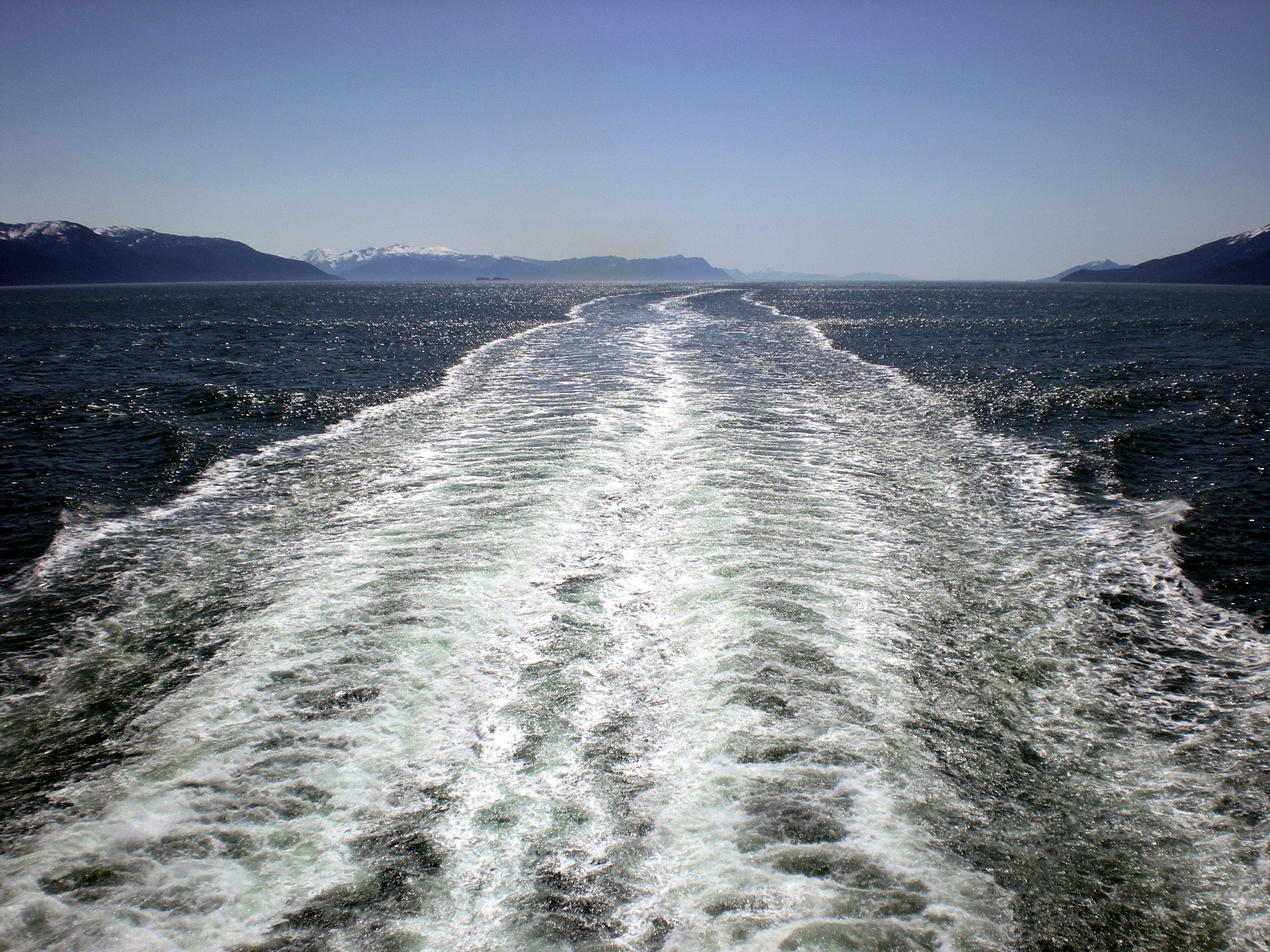OVERVIEW
Microbubbles injected into water bodies or sea foam sprayed onto the surface of the ocean are theoretical solar geoengineering proposals which aim to reflect more sunlight back into space by altering the albedo (reflectivity) of water surfaces. The brighter a water surface is, the higher its albedo is, and the lower the absorption and transformation of the sun’s energy into heat is.
Whitecaps on wave crests in windy weather or white foam as waves break on a shore are brighter and thus more reflective compared to a calm and thus darker water surface. This solar geoengineering proposal aims to extend the lifetime of bubbles from minutes to days or by dispersing artificial foam.
Proposals to produce long-lasting bubbles combine two different approaches:
(1) ships should be equipped with technology to produce large quantities of microbubbles, e.g. by using nozzle technology or mechanical shakers;
(2) the microbubbles will be stabilized by the addition of chemicals, so-called surfactants, such as amphiphilic nanoparticles or phospholipids.
The production of artificial foam requires the application of foaming agents onto the ocean or other large bodies of water: chemical foaming agents, such as gelling agents with cellulose ethers, could create a layer of microbubbles on the water surface.
If applied on a large scale, microbubble techniques could have negative effects on ocean food chains, and reduce oxygen levels: A long-lasting surface layer of bubbles or foam diminishes the photosynthetically active radiation, thereby reducing the photosynthetic activity and growth of phytoplankton, the base of the marine food web. The surface layer may also inhibit gas exchange and therefore reduce the oxygenation of the seawater. These impacts would negatively affect marine biodiversity and productivity. Furthermore, surfactants may be toxic t omarine life.




